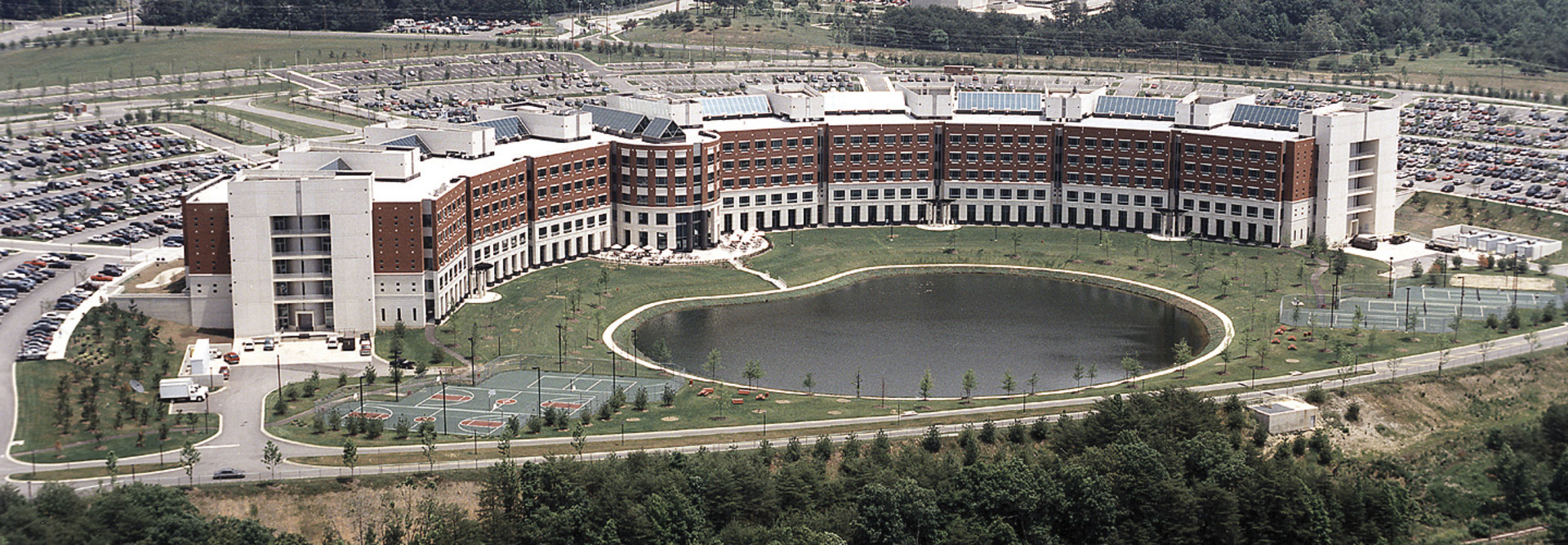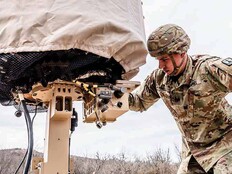How the Defense Logistics Agency Benefits from RPA Technology
The Defense Logistics Agency, which provides logistical support to the military, receives around 5,000 Freedom of Information Act requests annually, or roughly 100 per week. However, the DLA only has eight employees dedicated full time to responding to FOIA requests.
“I said, ‘I have a perfect application for robotic process automation,’” says Lew Oleinick, chief privacy and FOIA officer at the DLA.
RPA allows organizations to automate certain tasks — often repetitive and tedious work that users shouldn’t spend much time doing. RPA instead lets agencies complete these tasks with higher throughput rates, fewer errors and less reliance on outside contractors. Federal IT leaders are realizing technology can and should be used to free users from the drudgery of tasks such as checking forms, entering data and the like.
John Felsted, RPA program manager at DLA, notes that “the ability to automate a lot of our processes makes us a lot more efficient.”
RPA is taking hold not just at the DOD but across the entire government. Indeed, the General Services Administration has an ambitious goal in mind for 2020 and beyond when it comes to RPA: It aims to help civilian agencies free up nearly $1 billion worth of productive time across government by using the technology.
GSA CFO Gerard Badorrek says that, with a federal workforce of roughly 2 million employees, such a goal is achievable.
“If you [saved] seven, eight hours per employee at an agency, you get to the billion dollars,” he said on Dec. 11 during an Association for Federal Information Resources Management panel discussion in Washington, D.C., according to Federal News Network. “At GSA we’re close to six hours per employee. Not all agencies can do that much. But if you can hit that on average, you’re going to free up a billion dollars in capacity. Agencies will be at different stages.”
RPA Saves the DLA Time and Money
According to Oleinick, the DLA receives about 3,700 FOIA requests per year for what are known as bid abstracts, which, as Biz Filings notes, are contract documents that contain “the names of the bidding companies, the items being bid, the prices quoted, and any other information that the bidding officer deems relevant.”
It takes the DLA’s FOIA officers about 20 minutes per single bid abstract to process the request from start to finish, according to Oleinick. The DLA officials need to perform a set of redactions on the document to withhold information that is commercially sensitive.
“In 90-some percent of the cases, it is the same type of information in the same place,” he says. “And so, it’s a very redundant, repetitive process to remove that information. I don’t have time or resources to complete other complex requests in a timely manner.”
DLA uses an RPA tool to accomplish those tasks. “Seeing how fast it goes through all that process, you can see the obvious benefit,” Oleinick says.
DLA also uses RPA technology to help with the onboarding of new employees. “Now that we’ve automated that process, usually the same day that the employee starts, they have accounts set up, they have their email set up,” Felsted says. The RPA bots are contributing the work of roughly 80 full-time employees.
VIDEO: What are the seldomly asked questions around emerging tech?
How to Set Up and Manage RPA Bots
DLA works with software vendors to develop the bots and with orchestrators to manage the bots. “We have yet to run into any system that our bots couldn’t interface with,” Felsted says.
“If a human can do it, a bot can do it. And it really comes down to credentials. Each of our bots have their own names, and their own unique identifiers,” he says.
It is possible to “break” an RPA solution, according to Felsted. “The bot is going here and it’s looking for a piece of information. If you update your system and that piece of information is no longer here, you broke that automation,” he notes. “You can’t just go out there and change that spreadsheet without letting us know. It’s like calling Miss Utility before you dig.”
Oleinick says that “it’s not a matter of, ‘Do we need this?’ We have to have this technology. The alternative would be to hire additional employees, which we don’t have the resources for.”
However, the automation of processes like responding to FOIA requests “doesn’t eliminate a human quality-control check,” Oleinick says.
The DLA is trying to get human workers to understand that RPA is not going to replace humans altogether and is not a threat. “The technology isn’t as difficult as trying to get the system owners and people to understand that it’s not a threat, it’s not free-thinking,” Felsted says. “There is no artificial intelligence at this time.”
Oleinick compares RPA to “an invisible coworker going out and doing the part of the process that you really don’t want to do because it’s so mindless.”
He adds: “It’s kind of cool to be on that cutting edge, where you’re doing something that benefits the government and benefits the customer.”









